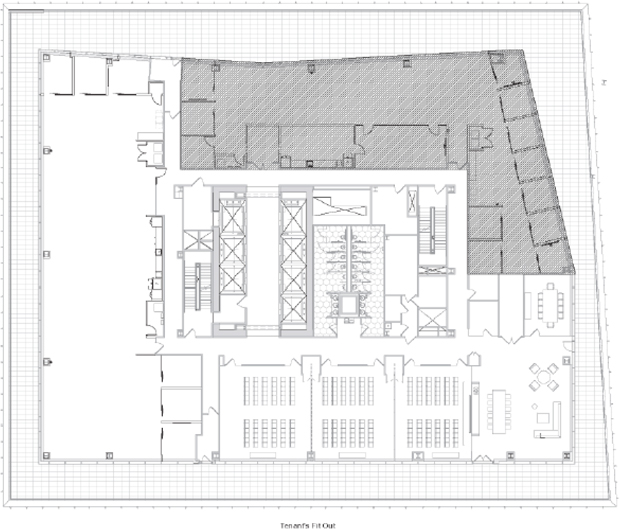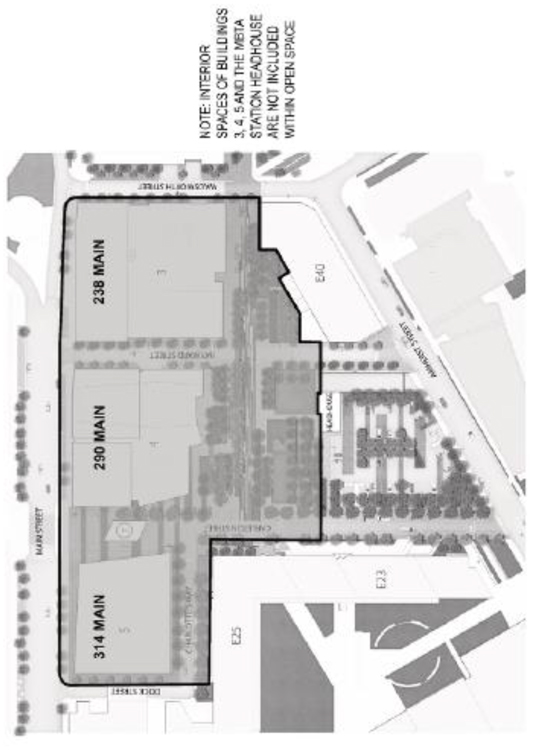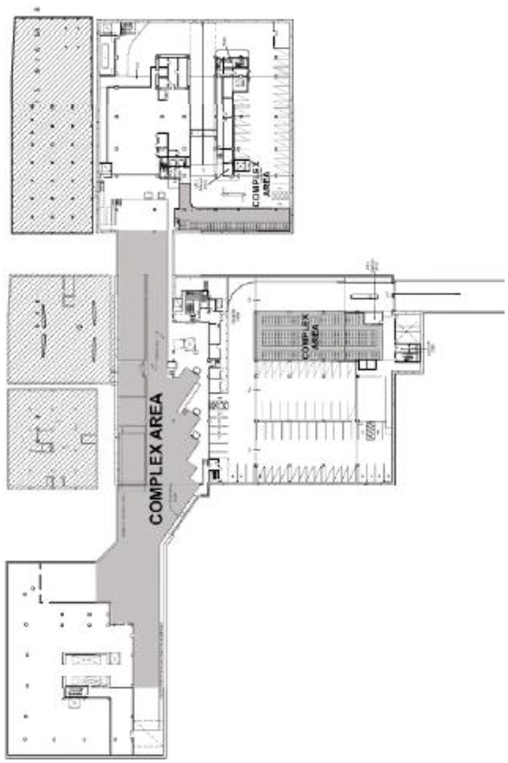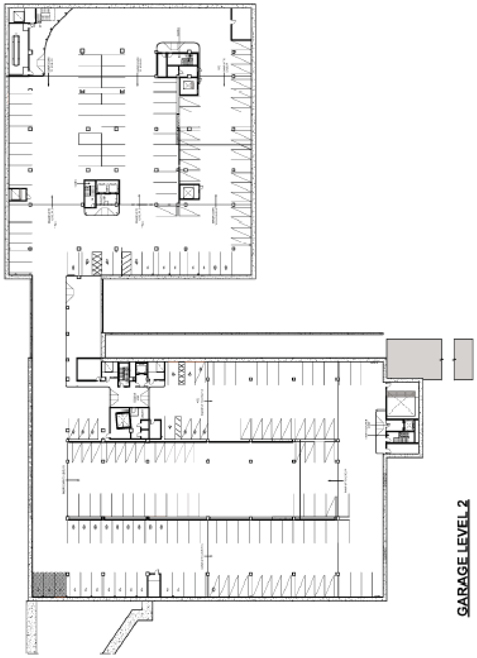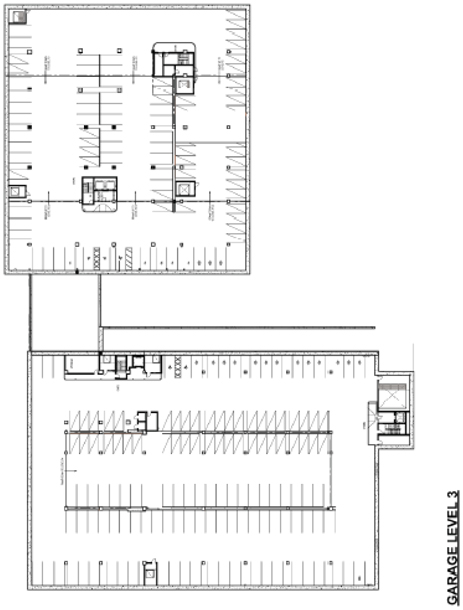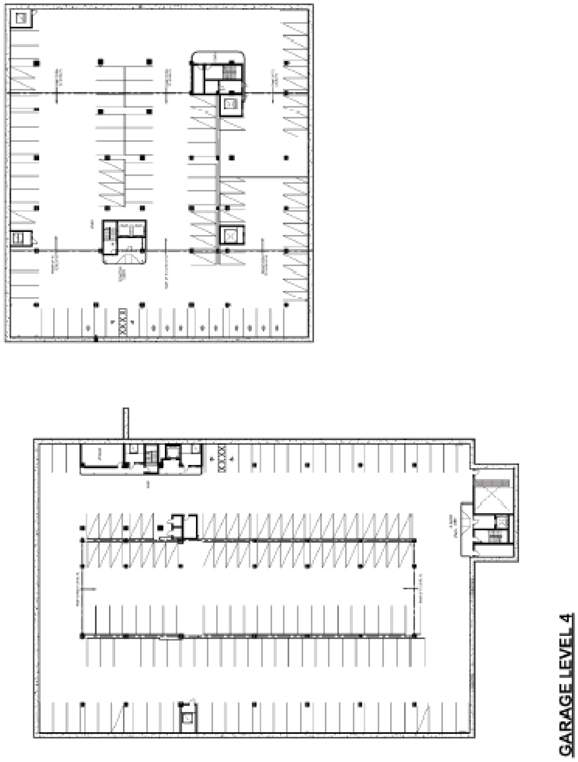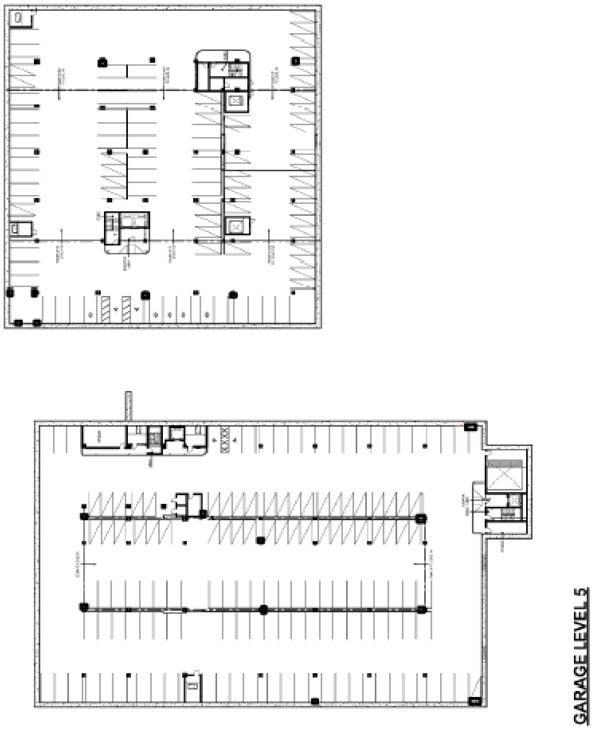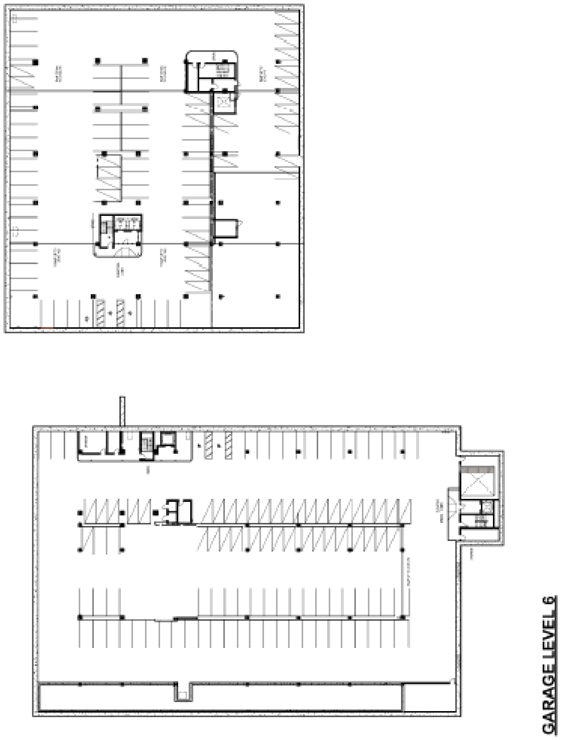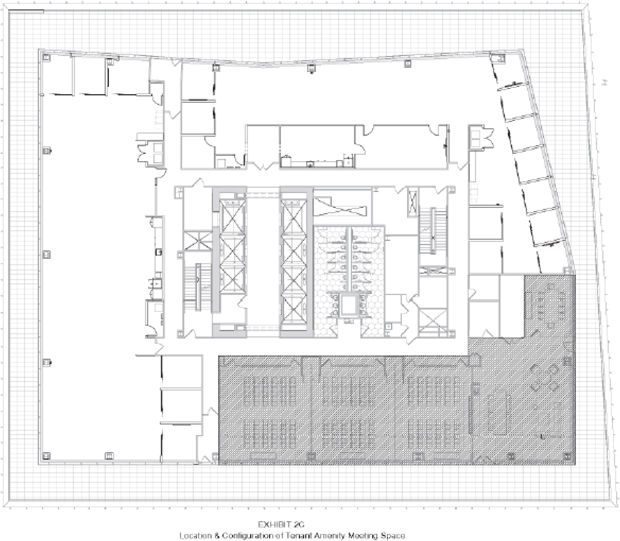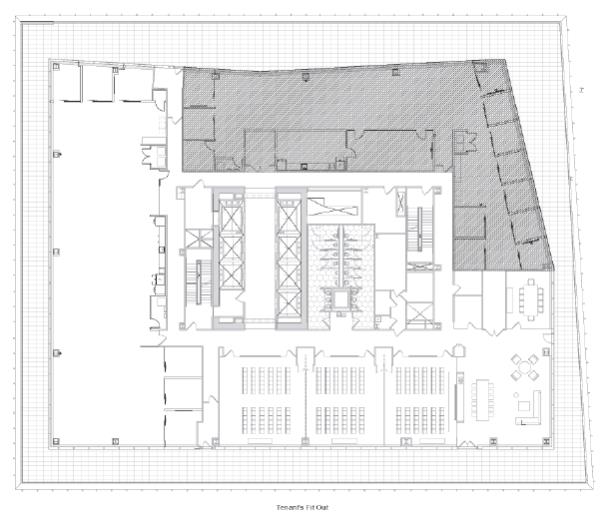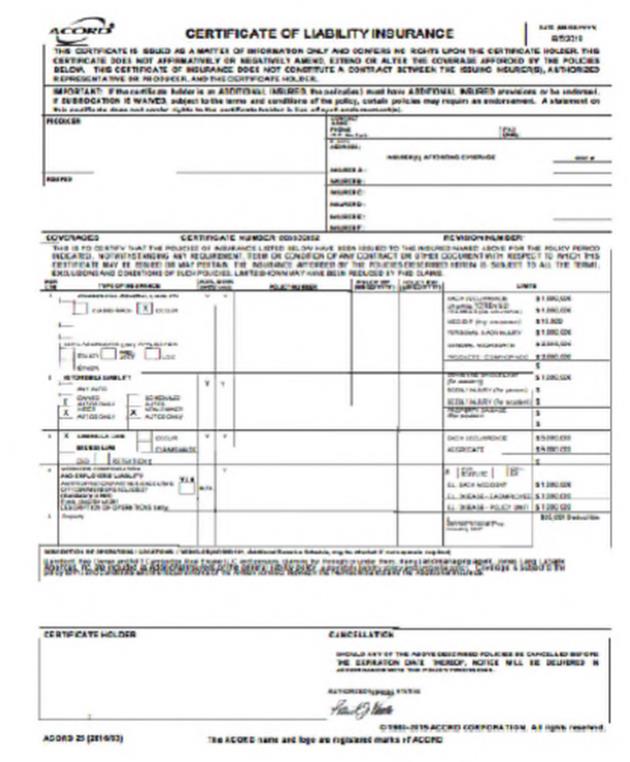17.2 Environmental Laws. For purposes hereof, “Environmental Laws” shall mean all laws, statutes, ordinances, rules and regulations of any local, state or federal governmental authority having jurisdiction over the Premises concerning environmental, health and safety matters, including but not limited to any discharge by any of the Tenant Parties into the air (including indoor air and outdoor air), surface water, sewers, soil or groundwater of any Hazardous Material (hereinafter defined) whether within or outside the Premises, including (a) the Federal Water Pollution Control Act, 33 U.S.C. Section 1251 et seq., (b) the Federal Resource Conservation and Recovery Act, 42 U.S.C. Section 6901 et seq., (c) the Comprehensive Environmental Response, Compensation and Liability Act, 42 U.S.C. Section 9601 et seq., (d) the Toxic Substances Control Act of 1976, 15 U.S.C. Section 2601 et seq., (e) Chapter 21C of the General Laws of Massachusetts, and (f) Chapter 21E of the General Laws of Massachusetts. Tenant, at its sole cost and expense, shall comply with (i) all Environmental Laws, and (ii) any rules, requirements and safety procedures of the Massachusetts Department of Environmental Protection, the City of Cambridge and any insurer of the Building or the Premises with respect to Tenant’s use, storage and disposal of any Hazardous Materials.
17.3 Hazardous Material Defined. As used herein, the term “Hazardous Material” means asbestos, oil or any hazardous, radioactive or toxic substance, material or waste or petroleum derivative which is or becomes regulated by any Environmental Law, including live organisms, viruses and fungi, medical waste and any so-called “biohazard” materials, and any materials on the right to know list of the Occupational Safety and Health Administration. The term “Hazardous Material” includes oil and/or any material or substance which is (i) designated as a “hazardous substance,” “hazardous material,” “oil,” “hazardous waste” or toxic substance under any Environmental Law or (ii) contains any component now or hereafter designated as such.
17.4 Hazardous Materials Indemnity. To the maximum extent permitted by Legal Requirements, Tenant hereby covenants and agrees to indemnify, defend and hold the Landlord Parties harmless from and against any and all Claims against any of the Landlord Parties arising out of contamination of any part of the Property or other adjacent property, or exacerbation of any contamination of any part of the Property or adjacent property, to the extent such contamination or exacerbation, as the case may be, arises from: (i) the presence of Hazardous Material in the Premises, the presence of which is caused by any act or omission of any of the Tenant Parties, or (ii) from a breach by Tenant of its obligations under this Article 17. This indemnification of the Landlord Parties by Tenant includes reasonable costs incurred in connection with any investigation of site conditions or any cleanup, remedial, removal or restoration work or any other response action required by any federal, state or local governmental agency or political subdivision because of Hazardous Material present in the soil, soil vapor, or ground water at, on or under, or any indoor air in, the Building based upon the circumstances identified in the first sentence of this Section 17.4. In the event Tenant’s indemnity obligations under both Section 14.2 above and this Section 17.4 apply, the broader indemnity shall be applicable.
17.5 Non-Tenant Contamination. Notwithstanding any provision of this Lease to the contrary, Tenant shall not be liable for, nor have any obligation or responsibility under this Lease or otherwise for, any Pre-Existing Contamination (provided, however, with respect to the testing, remediation, removal, transportation or storage of any material or substance that is part of the base Building and which, as of the Commencement Date, is not considered, as a matter of law, to be a Hazardous Material, but which is subsequently determined to be a Hazardous Material as a matter of law and must be remediated and/or removed, then the costs thereof may be included in Operating Costs). For purposes of this Lease, “Pre-Existing Contamination” shall mean any Hazardous Material that was present at, on, in, under, or around the Building or the Property on or before the Commencement Date; provided, however, Pre-Existing Contamination shall not be deemed to include any Hazardous Materials to the extent contributed to or exacerbated by any of the Tenant Parties, it being understood and agreed that Tenant shall be responsible for the costs associated with or resulting from such contribution or exacerbation.
35
